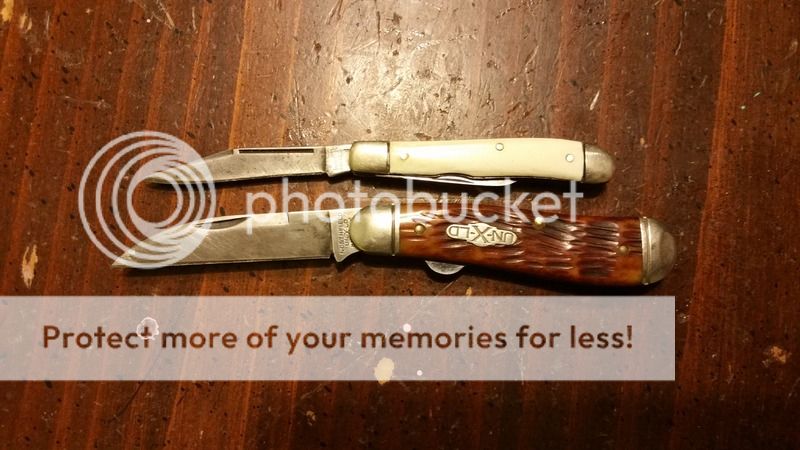kootenay joe
BANNED
- Joined
- Jan 30, 2015
- Messages
- 1,566
Slimness is important in a Pen knife more so than in a Jack knife. The skill of a cutler shows best in a Pen knife in which the thinly ground blades seat so closely together but do not rub and in the blade length which is to be as long as can possibly be fit into the frame. A slender Pen knife demands the greatest skill and imparts the best in-hand feel of all.
I think everyone who is interested in and 'moved' by Traditional style pocket knives should have a few representative pre WW I Sheffield Pen knives & Jack knives. Nobody, not even GEC has ever made better pocket knives than the best of the vintage Sheffield cutlers. Owning a few of these will help with the understanding and appreciation of the current fine work of GEC.
kj
I think everyone who is interested in and 'moved' by Traditional style pocket knives should have a few representative pre WW I Sheffield Pen knives & Jack knives. Nobody, not even GEC has ever made better pocket knives than the best of the vintage Sheffield cutlers. Owning a few of these will help with the understanding and appreciation of the current fine work of GEC.
kj





